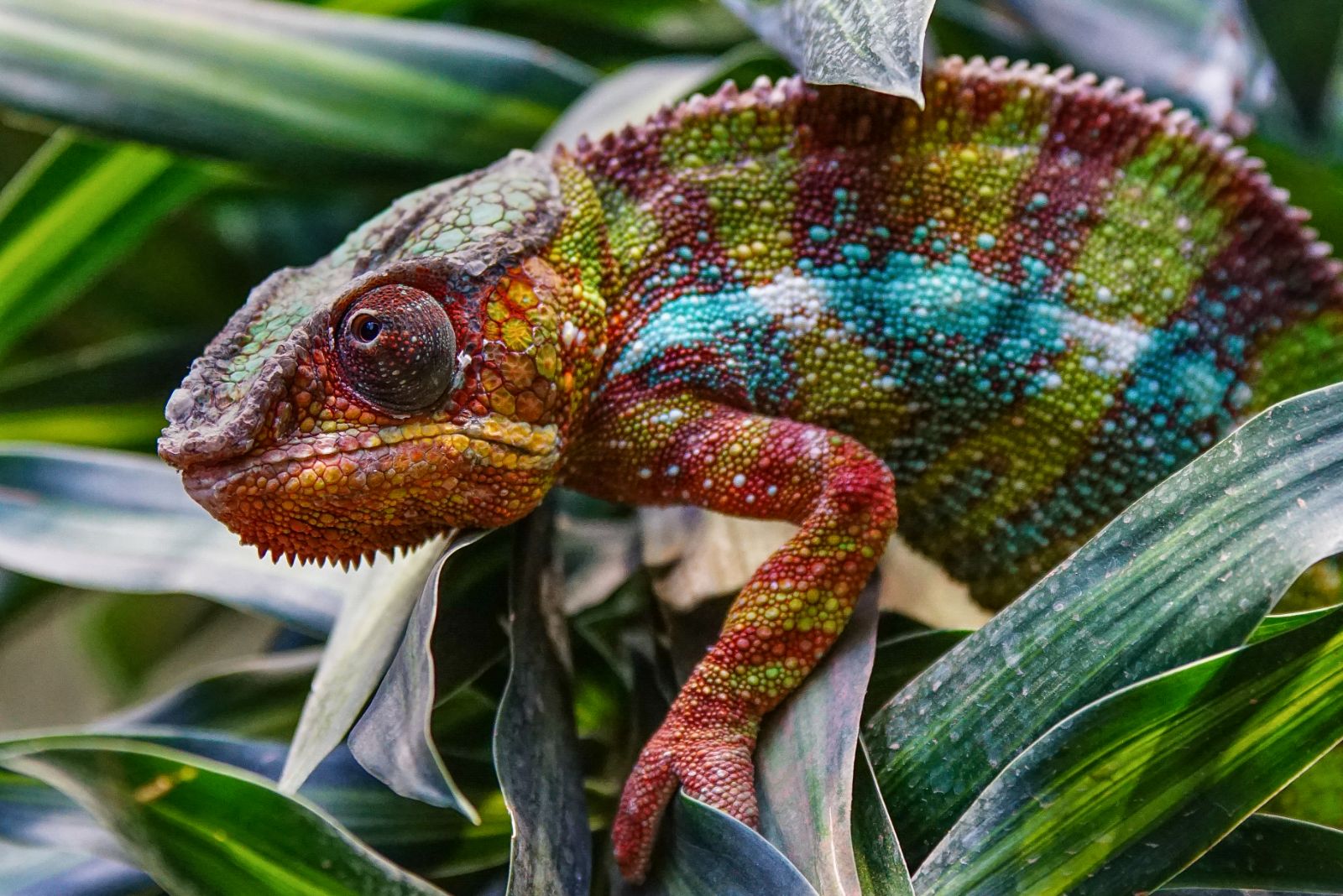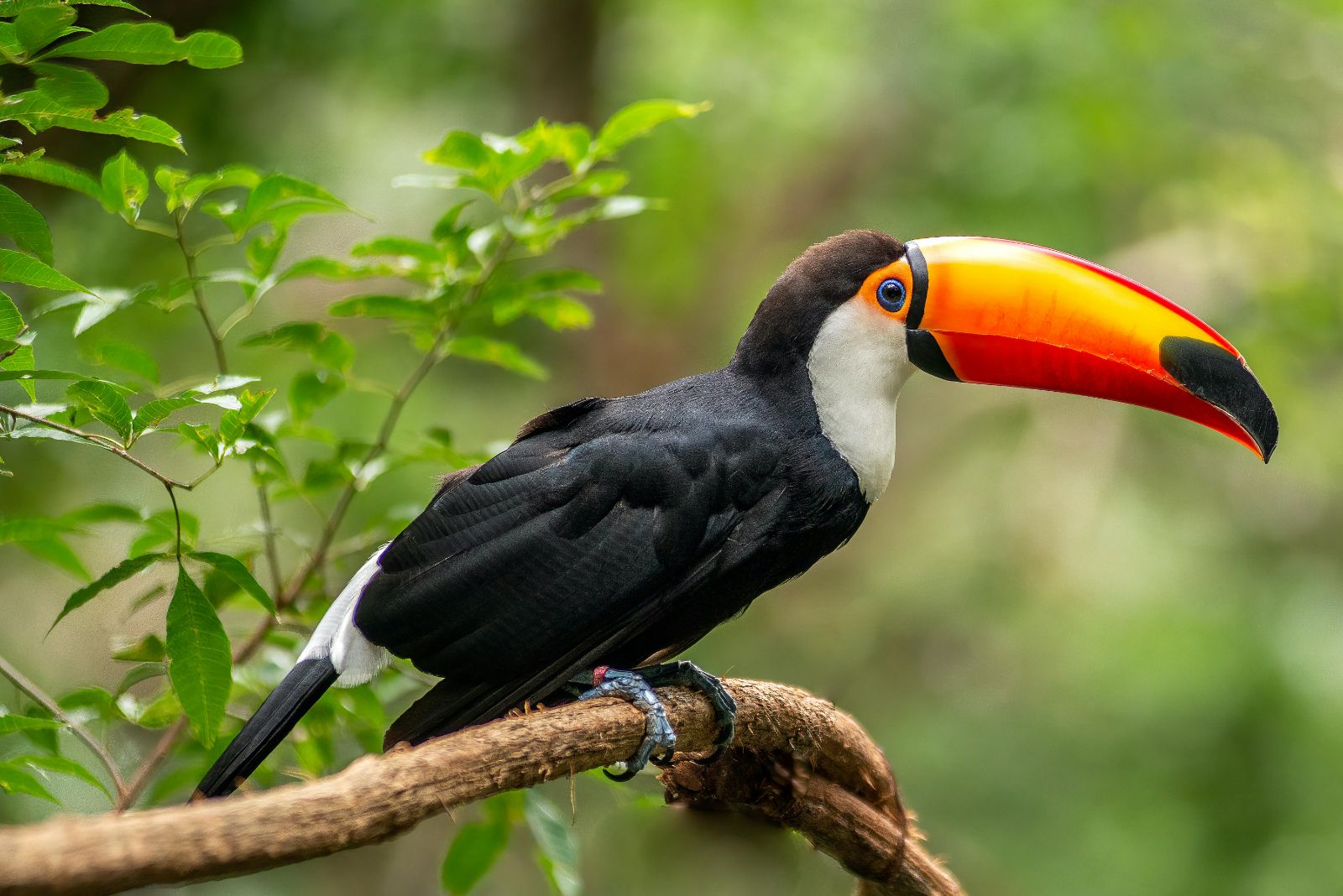The extraordinary with whom we share this planet move to their own rhythms, immune to our rigid schedules. As well as being utterly enthralling, an immersive wildlife experience can also be a highly educational one as you learn how creatures have to adapt their habits according to changing climate and human behaviours. Whether you long for close encounters in the rainforest with great apes or a glimpse of polar bears in the frozen north, a sabbatical gives you the luxury of time, so you can immerse yourself in each unforgettable habitat without fear of missing the main event.
THE GREAT MIGRATION

Welcome to the largest land-animal show on Earth. The Great Migration is an annual wildlife event on an epic scale, which sees more than two million wildebeest, zebra and antelope circle their way clockwise between Tanzania’s Serengeti and the Maasai Mara in neighbouring Kenya in pursuit of fresh grazing. The 1,800-mile journey is fraught with dangers, from crossing crocodile-infested swollen rivers to eluding the big cats that shadow the herds. This only adds to the drama for those lucky enough to witness it. Timing is everything, with July to October regarded as the best months to catch the spectacle, depending on the rains. Enjoy an extended stay in a tented camp beside the Mara or Grumeti Rivers for a ringside view of the heart-stopping crossings in the early part of the season, or opt for a mobile safari so you can follow the action at even closer quarters.
THE GALAPAGOS ISLANDS

Cast over 500 miles adrift off Ecuador’s Pacific shores, the islands that prompted Darwin’s theories on evolution have an irresistible fascination for wildlife watchers. All but a handful of its land-dwelling creatures are unique to the Galapagos, while nutrient-rich currents support healthy populations of both native and migratory marine species. Drink in the precious sights of this UNESCO-listed wonderland from the comfort of an intimate expedition vessel, tracing protected routes among deserted islets in search of some of the most celebrated residents. Swim with sea lions off a crimson-sand beach, snorkel with reef sharks and sea turtles, and go in search of the elusive Galápagos penguin, the Northern Hemisphere’s only kind. The wildlife of the Galapagos has no fear of man, allowing you to linger among the blue-footed boobies, giant tortoises and basking marine iguanas as part of an in-depth voyage of discovery.
MADAGASCAR

Separated from the African mainland for 90 million years, the Indian Ocean island of Madagascar is a hotbed of biodiversity where you’ll encounter plants and creatures you cannot find anywhere else on Earth. Among the most famous are the lemurs, which share an ancestor with humans, apes and monkeys. Maximise your chances of coming face to face with some of the 100-plus species of this iconic primate with a leisurely circuit of the country’s striking national parks. Isalo’s arid sandstone plains and plateaux, cut by forested gorges, provide a dramatic habitat for red-fronted and ring-tailed lemurs. At mountainous Ranomafana, you can follow trails through tightly packed rainforest in pursuit of rare golden bamboo, red-bellied and eastern woolly types. North of here, verdant Andasibe-Mantadia is known for its population of indris, whose haunting calls echo through a dense jungle brimming with endemic orchids.
TIGERS IN INDIA

Majestic, beautiful and dauntingly powerful, tigers are India’s emblematic big cat. More than half of the world’s population stalks its network of national parks and reserves, giving those with time and patience a good – though never guaranteed – opportunity to see one in its natural habitat. In Ranthambore, formerly a hunting ground for the Maharaja of Jaipur, the resident Bengals prowl rugged terrain studded with picturesque ruins. Stay in one of the fabulous tented camps around its margins for a taste of old-world luxury. Another ex-princely game reserve turned sanctuary is Bandhavgarh, with the highest tiger population density in the country. More out of the way than Ranthambore, its mountain-framed rolling acres provide an impressive setting for encounters with leopards, langurs and justifiably skittish sambar deer. Combine it with a stay at sprawling Kanha, descriptions of whose richly varied landscapes inspired Rudyard Kipling’s tale The Jungle Book.
GORILLA TRACKING IN EAST AFRICA

The hour you spend in awe-struck silence watching a family of mountain gorillas going about their morning routine could be one of the most memorable of your life. There are just a thousand or so of these critically endangered apes in the wild, divided between the rainforest-draped volcanoes of the Virunga Mountains, where Rwanda borders Uganda, and the latter’s aptly named Bwindi Impenetrable Forest. As a result, the number of tracking permits is strictly limited, so just obtaining one feels like a privilege. Give yourself the gift of not one but two breathless encounters with a habituated troop, one in each national park, on a tailor-made journey through Uganda and Rwanda. Intermingle these with treks through the bamboo forests of Mgahinga on the trail of rare golden monkeys and the thrill of spotting chimpanzees and a dozen other primates in Nyungwe’s ancient woodland canopy.
AMAZON RAINFOREST

Stretching across nine countries and thousands of indigenous communities, the Amazon is the world’s largest tropical rainforest and a marvel of biodiversity. Sharing its name with the river whose vast basin it all but covers, it’s home to a dizzying number of species: more than a thousand different birds, hundreds of mammals and an almost unimaginable 40,000 plants. Experience this natural abundance with an extended stay in an exclusive jungle lodge in Brazil, Peru or Ecuador, where activities might include twilight treks to see the forest’s nocturnal inhabitants, canoe safaris in search of pink river dolphins and giant otters, and bird-watching walks along treetop trails. Plunge even deeper into the wilderness aboard an intimate river cruiser; Peru, in particular, has a collection of superb luxury vessels where imaginatively curated activities are complemented by sublime cuisine and pampering facilities such as plunge pools and spas.
ORANGUTANS IN BORNEO

With their rust-red fur, orangutans are among the most instantly recognisable of the great apes. Once widespread in Indonesia, Malaysia and beyond, these intelligent and gentle tree-dwelling primates are now critically endangered and found only in Sumatra and Borneo. One of the best places to see them in their natural environment is Borneo’s enchanting Danum Valley Conservation Area, which protects one of the world’s oldest and most diverse lowland rainforests. From your secluded base in its only lodge, you can venture out on expert-led treks, river-tubing adventures and night-time safaris, keeping a lookout for pygmy elephants, clouded leopards and, of course, the headline-grabbing orangutans. If you have a head for heights, there’s also a stunning aerial walkway through the forest canopy to bring you closer to the valley’s more than 50 endemic bird species, from Bornean bristleheads to white-crowned hornbills.
POLAR BEARS IN THE ARCTIC

Polar bears may be the world’s largest land-living carnivores, but as their scientific name of Ursus maritimus suggests, they spend great swathes of their life in the Arctic Ocean, prowling the sea ice and swimming from floe to floe on the hunt for ringed and bearded seals. Travel deep into polar bear territory on an expedition cruise to remote corners of the far north, such as the Svalbard, where you may catch sight of a mother with cubs, an imposingly large male and many of the species they prey on. Otherwise, from October to November, you can take advantage of the exceptional autumn bear-watching possibilities of remote lodges on the shores of Canada’s Hudson Bay. Depending on recent sightings of the King of the Arctic, you might spend the day roving the tundra by ATV or be able to stay much closer to home.
SLOTHS & TREE FROGS IN COSTA RICA

When it comes to biodiversity, Costa Rica is something of a global superstar. Within the borders of this compact Central American country, you’ll find a twentieth of all known species on Earth and an impressive array of different habitats, from tropical forests to wetlands and coral reefs. Soak up the country’s laidback spirit of ‘pura vida’ – literally, ‘pure life’ – on a slow and in-depth sojourn between cloud forests where howler monkeys oversee proceedings in the dense canopy, Caribbean-coast waterscapes where turtles outnumber people, and rainforests which explode with tropical birds. We particularly recommend a stay in a luxury eco-lodge on the Pacific-side Osa Peninsula, acclaimed by National Geographic as one of the most biodiverse areas on the planet. Wake up to the trill of tree frogs – the perfect prelude to a nature trek through the rainforest in pursuit of sloths and anteaters or a boat safari in search of scalloped hammerheads, giant manta rays and four types of dolphins.



















